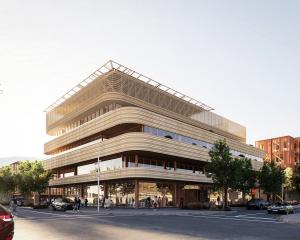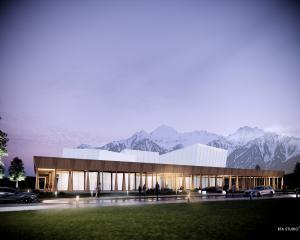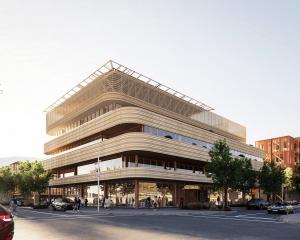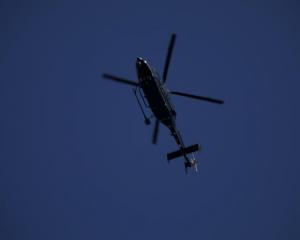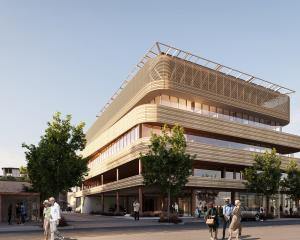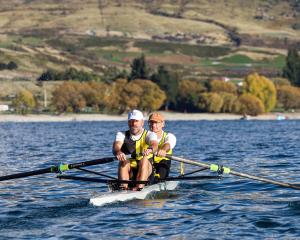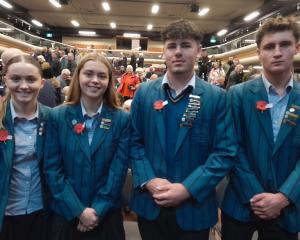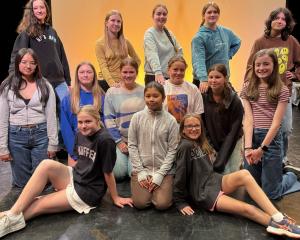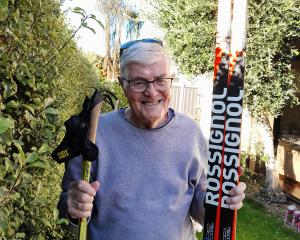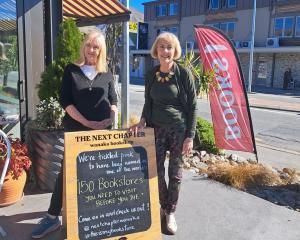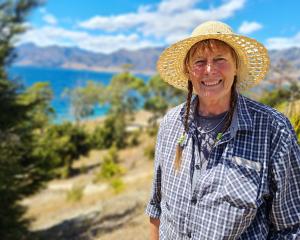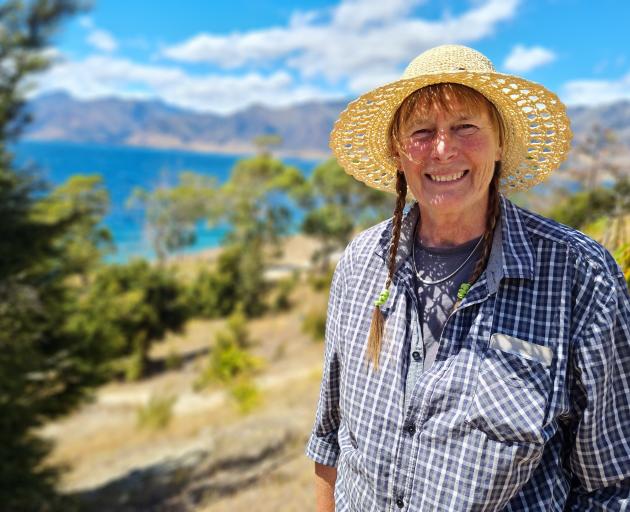
Retired Lake Hāwea geologist, science editor and educator Jane Forsyth died on November 4, 2023, aged 70.
A quiet achiever who avoided the limelight, Ms Forsyth had a 35-year career as a science technician, geologist and editor.
In 1988, Ms Forsyth received the Geological Society of NZ J.T. Kingma award recognising her communication and technical skills.
There’s even a mountain in Antarctica — Forsyth Peak — bearing her name. It stands as a tribute to her five seasons of geological mapping on the ice between 1988 and 2002.
GNS Science Principal Scientist Dr Nick Mortimer, a longtime friend of Ms Forsyth and her husband Dr Ian (Mo) Turnbull, said Ms Forsyth was one of a few female scientists in her field during her era.
"Jane is up there with the giants of New Zealand field geology. She was one of the 25 front-line compilers in the QMAP project from 1994 to 2011, an 18-year project to remap the geology of NZ at 1:250,000 scale.
"She was the sole author of the Waitaki geological map sheet, and lead author of the Christchurch sheet.
"She was one of only two women among the 25 compilers and one of only four compilers to lead more than one sheet.
"For much of her career, she would have been one of the few women professionals, a situation that, fortunately, has changed a lot," Dr Mortimer said in a eulogy at Ms Forsyth’s funeral.
In 1992, she obtained her post-graduate diploma in geology from Otago University.
She wrote six geological guide books — two with Dr Turnbull — and published over 70 papers, scientific reports, consultancy reports and editorials.
In addition to her QMAP sheets she also co-authored three geological maps of parts of Antarctica, and two covering all New Zealand.
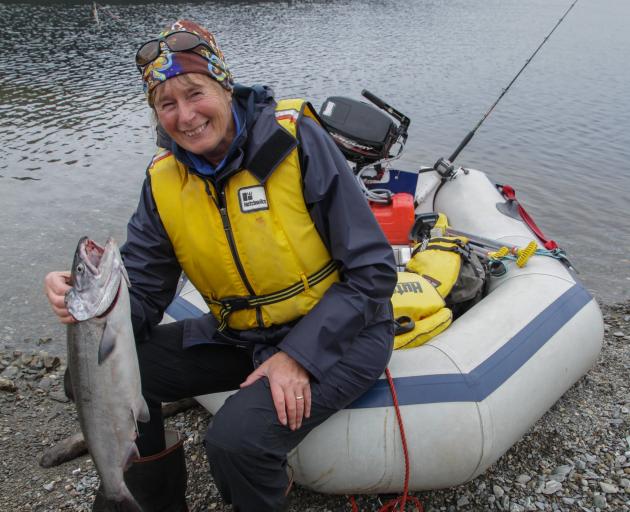
"One aspect of her work career that should be emphasised is her dedication to geo-education — making geology accessible to everyone.
"Her role in that started as far back as 1978 when she talked to school children about geology and the Geological Survey, and continued right up to 2023 when she wrote Wānaka Sun articles [for the Natural History of Wānaka column]," Dr Turnbull said.
Ms Forsyth was born on July 29, 1953, the oldest of Mike and Jenny Forsyth’s three children.
She was raised at Korokoro, in the Hutt Valley, near Petone, and went to Korokoro Primary School and Hutt Valley High School.
Her parents, although having little formal education, loved books.
Ms Forsyth became a "precocious reader" with a lifelong love for language, writing and communicating, her sister, Julia Forsyth, said.
Her father was an instrument maker, designer and engineer who worked for the DSIR, and built the first all-sky camera used to photograph auroras at Scott Base, Antarctica.
Her mother obtained school certificate and university entrance by correspondence while she was raising her children, and then qualified as a librarian.
Ms Forsyth’s first tramping club was the Hutt Valley Tramping Club and in a draft memoir of her outdoor excursions Ms Forsyth said her club "rambles" formed her identity.
Her first official club Christmas trip in 1972 to Eastern Fiordland proved "what a worry to my parents I was," she wrote.
She completed the Fiordland trip with tonsillitis and continued up the West Coast and over the Copland Pass, while enduring the effects of a penicillin overdose.
A bruising fall on the Canterbury side of the pass earned her a bed in Christchurch Hospital with a concussion.
However, she was soon enjoying some "pretty good trips", though she admitted to her father she was fearful during a challenging excursion into the Garden of Eden ice plateau in the Southern Alps.
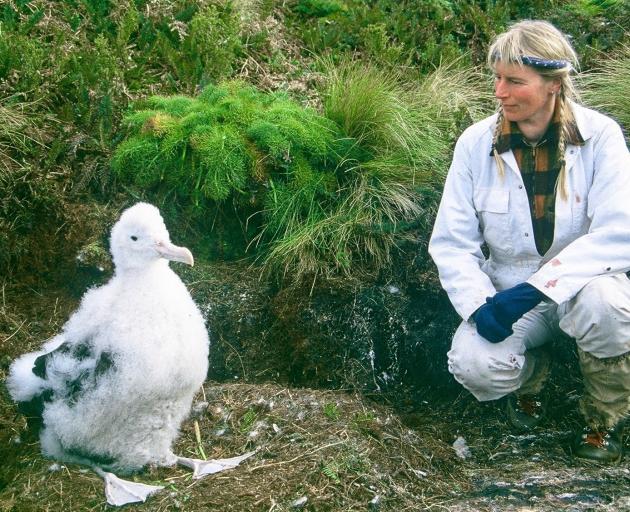
During a "horrible" trip in Mount Aspiring National Park in 1983 she found a Bible in the French Ridge Hut.
"I was definitely looking for a way out at that point, and tramping dropped off a lot after that as I changed flats and started to go to church," she said.
Ms Forsyth’s first academic achievement was a bachelor’s degree in arts in English, from Victoria University in 1974.
Dr Mortimer said a BA in English seemed "an unlikely start" for a geologist but Ms Forsyth’s technical editing, writing ability and outreach skills provided a strong foundation for her 35-year career with the Department of Science and Industrial Research (DSIR)
New Zealand Geological Survey — later to become the Institute of Geological and Nuclear Sciences and GNS Science.
Her first DSIR roles were to process photographs and reply to letters from people alerting government scientists to interesting rocks on their land.
A stickler for grammar and punctuation, she was soon editing and publishing in-house reports, producing newsletters and organising conferences.
Because of her tramping background, she was always keen to help with field work.
Her first field technician role came in the mid-1980s, after she had moved to Dunedin in 1983.
In 1987-88, she went on her first Antarctic season, returning for four more seasons and again as a tourist in 2014.
In 1989, she and Dr Turnbull, who was also working from the Dunedin DSIR office, built an off-grid stone home on a block of land at Sandymount, Dunedin, where they also covenanted an area of regenerating native bush.
Dr Turnbull said he had many highlights from excursions with his wife, including trips to the Antarctic, Kamchatka, and the Subantarctic Auckland Islands, Campbell Island and the Antipodes.
"Jane and I found the first Campbell Island teal after they took all the rats off the island. We reported it to the Department of Conservation and they said we wouldn’t know a Campbell Island teal from an ostrich because we were only geologists. But we had both been birders for a long time," he recalled.
Ms Forsyth was a member of Dunedin’s orienteering scene in the 1980s-90s, competing regularly, serving as vice-president of the local club, liaising with landowners and editing newsletters.
In 1998, she won the women’s 40-year age group at the national champs.
She competed overseas on several seasons, and in 2002, she was named New Zealand Orienteering Coach of the Year.
Other backcountry loves included cross country skiing, rogaining, snow shoeing, and fishing. She also loved reading, gardening, poetry and learning te reo.
In 2013, she and Dr Turnbull retired from Dunedin to Lake Hāwea, where they immersed themselves in the community and became joint advocates for nature and the Wānaka and Hāwea lakes’ flora and fauna.
They were married in Alexandra in 2014. They joined Forest & Bird’s Central Otago Lakes branch and became heavily involved with voluntary pest control at Makarora, and on the West Coast where they established a QEII covenant over 80ha of kahikatea swamp.
Ms Forsyth was diagnosed with pancreatic cancer a year ago.
During a "period of grace" from illness, she still enjoyed snowshoeing and visiting the Coast.
She planned her outdoor funeral, held in perfect weather conditions in her vegetable garden at home, and at a community gathering at Lake Hāwea.
Ms Forsyth is survived by her husband, sister and brother.

